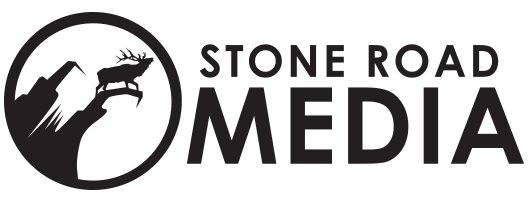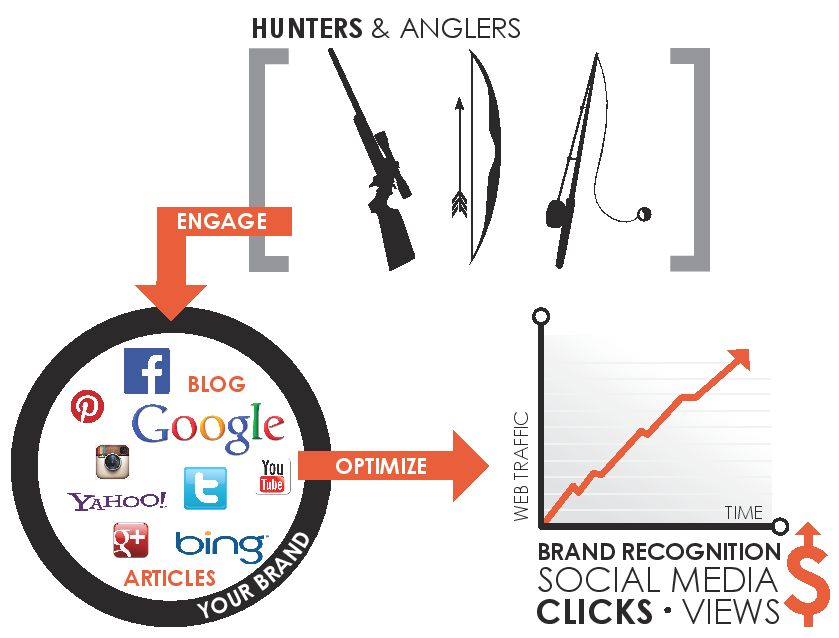Avoid the Google Slap | Stop Buying Facebook Likes and Twitter Followers
Avoid the Google Slap | Stop Buying Bulk Facebook Likes and Twitter Followers
By Jeremy Flinn, Stone Road Media – CMO/COO
Google and Facebook can barely stand to be in the same sentence, let alone work together. However, when we talk about search engine optimization (SEO), your strategy should include efforts on both fronts. In order to rise on Google’s search engine result pages (SERPs), you will have to build a strong social media presence, and as Google’s algorithm for SERP ranking evolves, so too will the way it integrates social media outlets like Facebook, Pinterest, Instagram, and Twitter into the equation. But far too often, personality and company social media pages are far from factual. In fact, Instagram was the first to truly “call out” fake followers when they issued a mass purge of the fictitious followers in December 2014. The result? Top celebrities dropped over 1 Million “followers” overnight!
So where is all this going? Well the top two social media platforms, Facebook and Twitter, have already been waging a war against fake accounts since 2012. Their efforts have not necessarily been in the abrupt sweep of Instagram, but more of special op missions. Though it wouldn’t surprise me if they do drop an atomic bomb in the near future on many pages disrupting huge cash flows, and even businesses as a whole.
As much as they would hate to admit it, the social media platforms are taking a page out of Google’s book. When SERP positioning was first realized as a gold mine, many search engine marketers used “black hat” SEO techniques to scream to the top positions, raking in millions. Google quickly reacted by releasing algorithm changes in the early 2000s. The 2011 Panda and 2012 Penguin updates that continue to evolve today, were some of the most influential changes on the internet in the last decade. Those same sort of changes are what the social media platforms are implementing.
Whether talking about Google, Facebook, Twitter, or the lot, the entities have a customer to answer to…the user. If the user has one “pulled over on them,” they begin to distrust the platform. This loses business for the platforms, and thus all the changes.
So how does this effect businesses and marketers? Well, the allure of bulk buying Facebook likes or followers from places like Fiverr, is very tempting. But although the instant gratification makes you feel warm and fluffy, the long term effect will have you feeling like you were dumped on Prom night. As the social media platforms evolve to sniff out these mostly fictitious accounts, which is what you are buying for $5 per 250, 500, etc., Google is adjusting its algorithm. At some point, if your page is built on a foundation of fake followers or fans, you will fall victim to an algorithm update, and your social media value in Google’s algorithm will be less than zero. Less than zero? Yes, that’s what we like to call getting “sandboxed” by Google. Basically think about it like cutting in line during lunch, and getting caught. The teacher (Google) sends you to the back of the line…not fun, and only time helps you get back toward to food (top of SERPs).
So what do you do? Build organically! No different than creating a powerhouse website in Google ranking system, content is king. Creating unique relevant content on social media will drive your likes, followers, and fans upward. Maybe not 5,000 at a time, but then again what is the point of having 500,000 followers if none of them care about the message you’re sending or business you’re marketing. Don’t buy into the “snake oil” sales pitches on how “likes build more likes.” In the end, it is an engaging community that you want to drive business. At the very least, creating content relevant, sponsored ads in Facebook to grab new followers at a minimal cost is an option.
The Google “Slap” will come soon, and it will come down hard for a lot of celebrities and companies because of the way they have built their social media followings. Those who have done it correctly will benefit the most by being rewarded for their “good behavior.” In the end, the cream always rises to the top.
Jeremy Flinn is an inbound marketing specialist focused on growing online presence for brands and personalities.



